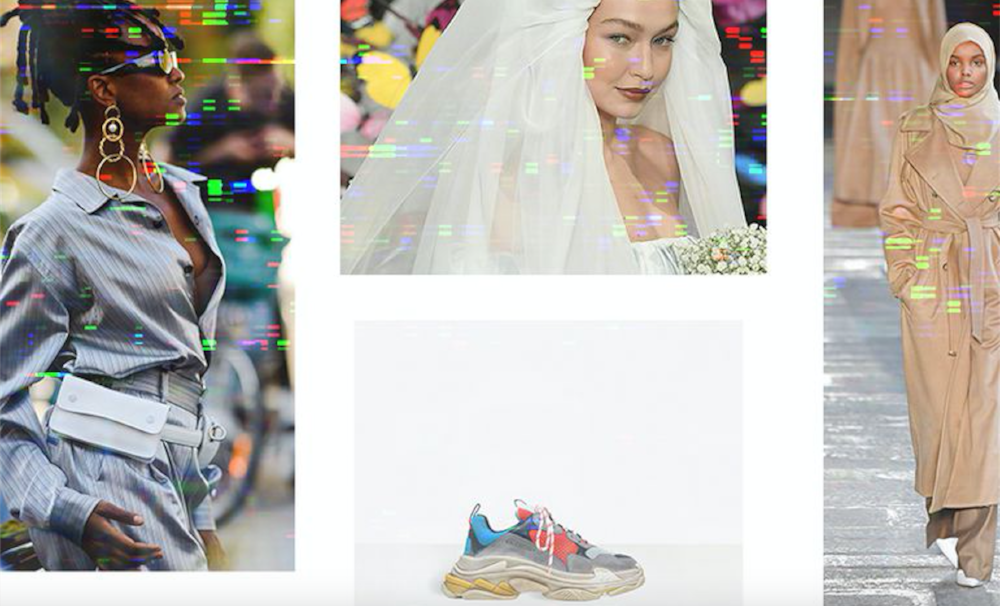This fashion month, Elle magazine’s editors endeavored to uncover what industry insiders think about the state of things. So, they asked dozens of different industry participants – from digital editors and a Pulitzer Prize-winning fashion critic to international retail buyers and buzzy designers – some key questions, including, “Is [the fashion system] broken?” And if it is, “How can we fix it?” According to Elle, “Across a diverse range of players, there’s a surprising amount of consensus about what needs to happen.” Below are a handful of what we think are some of the key takeaways …
For a lot of brands, the digital landscape is changing their businesses more than ever, and they are having to adapt to a new type of consumer who needs and wants things faster than ever. I think this can be overwhelming at times, as the demand for the number of collections they are producing a year is a lot for them to constantly come up with something new from their creative vision, and is equally a lot for customers to digest. – Tiffany Hsu, fashion buying director, mytheresa.com
I think our disappointment comes from what our perception of what fashion should be versus what it actually is … we really love fashion and we want to preserve it. – Patric DiCaprio and Bryn Taubensee, designers, Vaquera
It seems like everyone is … looking for the answer, but I don’t really think there is an answer. There is no one way to do this. You have to just do what feels right for your own path and follow your gut, because once you’ve done all the research and think you’ve figured it out, chances are the formula has already changed, and that’s just the nature of fashion. –Sally LaPointe, designer
Moda Operandi changed the marketplace by allowing customers access to pre-order collections, something that was previously reserved for editors and buyers; streetwear has created the drop. I think we’ll continue to see innovations and a freedom that allows designers to choose what works best for them. – Ali Bird, director, The Wall Group
The consumer is very attached to the story and marketing behind their purchases. If they see themselves being identified and celebrated for who they are, they are far more prone to want to buy in. – Mina White, director, IMG Models
People who are not already in the store or are not already on the website. Speak to those people, because that’s how you grow your audience. – Robin Givhan, fashion critic, the Washington Post
I think the main problem with the fashion industry is that many brands think they need to offer everything. Concentration on just one product or the material you are loved and known for is essential. The future will honor specialists! In every category. – Christopher Botschen, co-founder, Martha Louisa
Showing newly designed products in a show and selling them right away is simply impossible. No brand can afford to produce newness in advance–they will always go along with heightened interest in certain styles. Everything you can buy right away is more or less an old product presented in a new way, which tricks the end consumer. – Susanne Botschen, co-founder, Martha Louisa
Customers are finding their voices and telling brands exactly what they are looking for. That’s the beauty of social media. If a follower doesn’t like something, they tell us immediately. We no longer have to wait for reports to see what is selling and what isn’t. The customer is telling us every day what she loves, what she hates, and what she wants to see more of. It is our job to listen. – Greg Scott, CEO, New York & Company
One of the issues for the environment is overproduction. One of the ways to start to address [overproduction] is to match supply and demand. – Stephanie Phair, Chief Strategy Officer, Farfetch
The reason people buy fashion is changing. There will always be a limited few customers who buy into the crazy creative collections, but, for the most part, people now want comfortable, functional clothing. That is now the priority! Not being cool or showing wealth! – Sally Lyndley, Stylist











